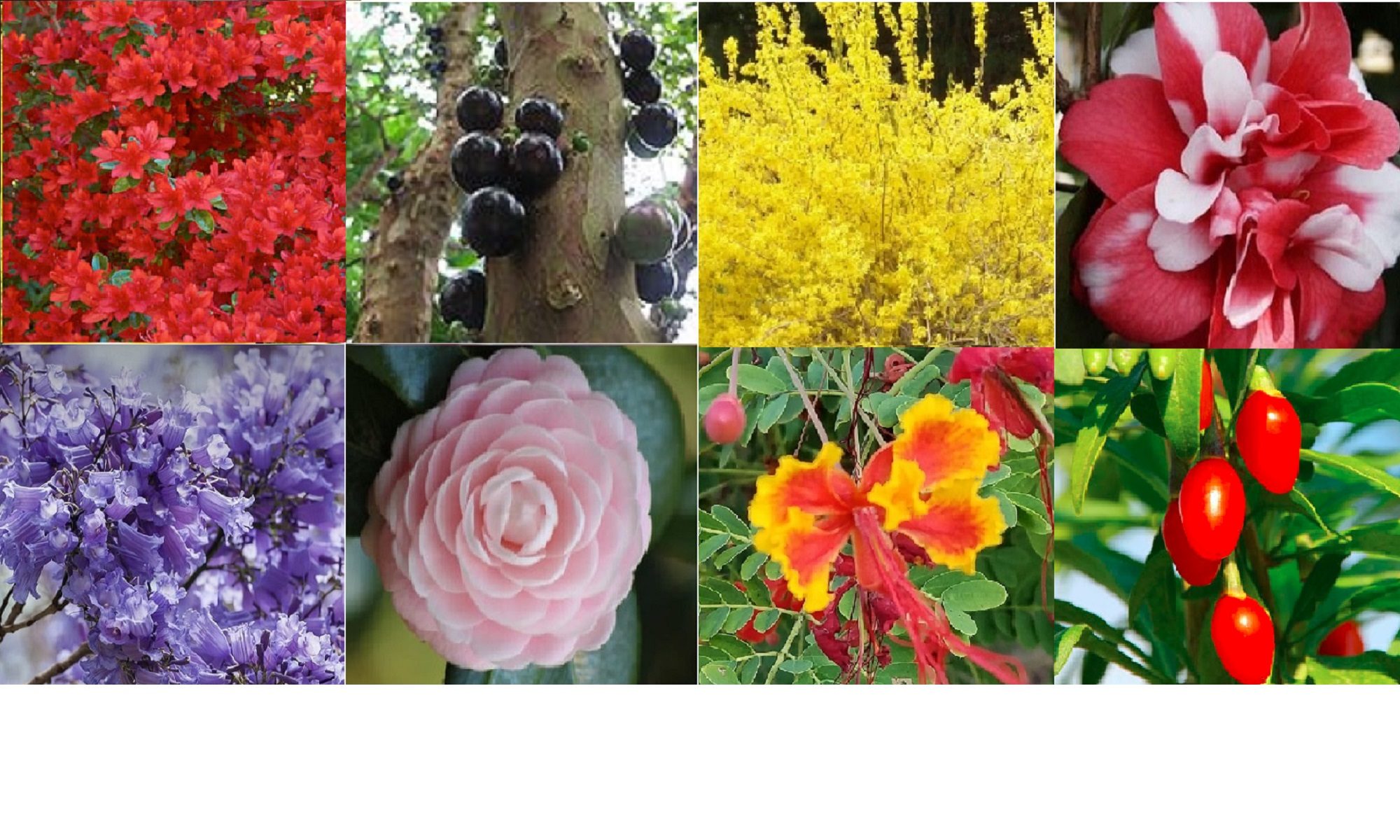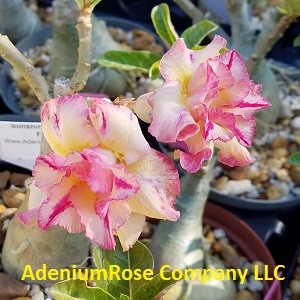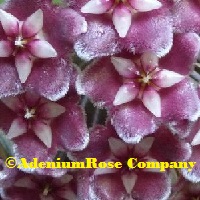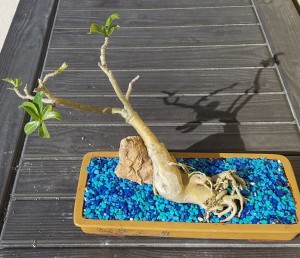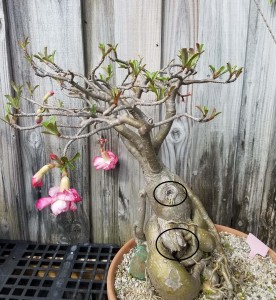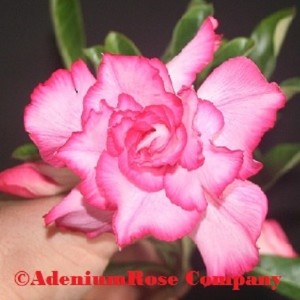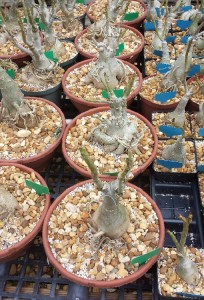Adenium bonsai starter plant project
Several clients requested a sequence of steps in creating a bonsai adenium plant from a standard size 4.5” pot size desert rose plant. The first step is to following the instruction received with the adenium plants and soak them in a rooting hormone like the one we use Dyna-Grow K-L-N. After soaking the desert rose plant for 30 minutes do not water it for 2 days. Now to creating a bonsai starter plant.
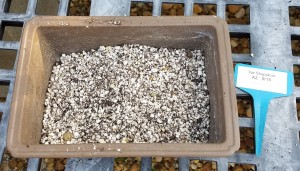
The adenium plants from the AdeniumRose nursery can all be made into classic bonsai plants. First you need to select a bonsai pot based on the plants style. In our example, I’m using a standard 4” x 6” x 2” bonsai starter pot with plenty of drainage. You can select a round one, an square, oval or other type of bonsai pot – just make sure the pot is less than 3” deep and gives you around 1.5” all around the root system for 1 year of growth. Do not select an oversize pot which will actually slow the growth of the root system.
The soil we use is “soil-less” which basically means it contains no dirt which is offered on our website designed for cactus, succulents and other water thrifty plants. It’s a fast draining non-binding (does not form a top crust or clumps). The bottom holes of the bonsai pot are covered with screen material to prevent the loss of soil during watering.
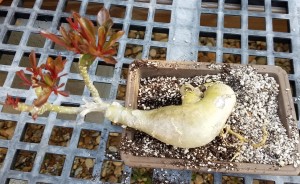
Adenium Bonsai Orientation
Now I orient the adenium bonsai starter plant in the pot to see how I want it to be placed in the pot. Since the branches of the plant has a natural up curve I will use that as the focus of the design. The last 6 months I placed the plant on an un-leveled surface to force the branches to grow at an angle towards the sun to give it a curve. This is a common way to change the growth direction of branches when they are too young to wire.
Now put ½ your soil into the pot and then the plant. If the adenium bonsai plant does not stand properly on its own get something to support the plant as we are doing here with a wedged shaped rock.

Bonsai Adenium materials
All the rocks we use are non-porous so fungus will not grow on it. Now put in the remaining soil around the desert rose plant leaving some room for decoration rock on top.
The decorative rock on top is not just for looks. The rocks hold down the soil so the perlite does not float to the top. The perlite in the soil gives room for air flow in the soil. Air flow is important to prevent rot root with succulent plants.
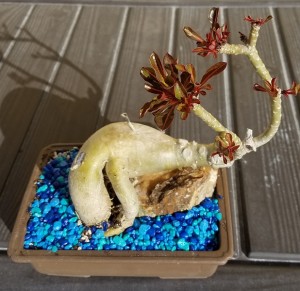
This adenium plant will grow in this port for approximately 1 year. I may wire the branches when they get thick. The plant used is a variegated sapphire adenium plant. The main appeal to this desert rose plant is it unusual leaf type. As this desert rose plant grows we will start to wire the branches them towards the left to give the appearance of wind blowing.
